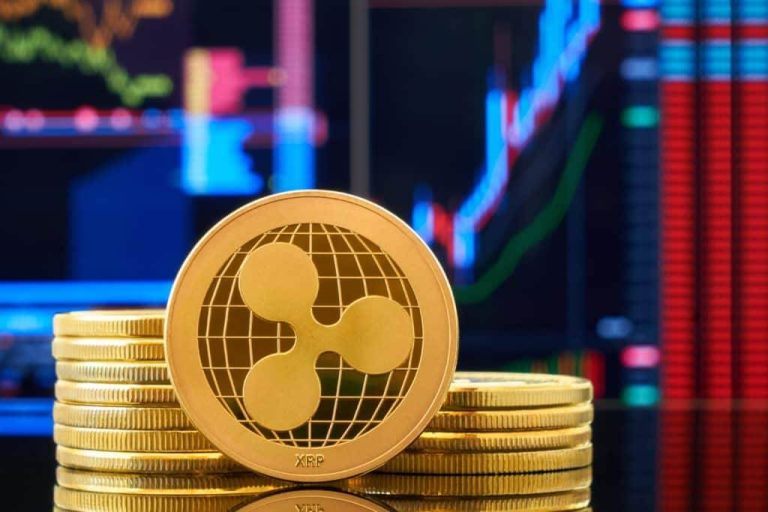quick look
- Ripple is planning to launch a stablecoin backed by the US dollar to tap into the $150 billion stablecoin market.
- Aiming for transparency, Ripple's stablecoin offers a powerful alternative to Tether, which may change user preferences.
- The stablecoin will complement XRP, expanding its use cases and attracting more network activity.
- Ripple's stablecoin initiative seeks to combine fiat reliability with cryptocurrency innovation.
Stablecoins have quickly risen to prominence in the world of cryptocurrencies, linking the digital excitement of crypto assets with the unwavering reliability of traditional currencies like the US dollar. In an interesting development, Ripple, the powerhouse behind XRPL, has revealed plans to launch its own stablecoin backed by the US dollar. This strategic expansion underscores Ripple's ambition and paves the way for a major change in the stablecoin ecosystem. With the stablecoin market booming to a whopping $150 billion, Ripple's timely foray into the space shows a carefully calculated ambition to capture significant market share and boost the flow of users and liquidity to XRPL.
Will Tether be overtaken?
Tether (USDT), the giant in the stablecoin space, has recently consolidated its dominance. It did so by pumping in a staggering $1 billion, thus cementing its position at the pinnacle of the stablecoin hierarchy. However, Ripple's entry with its own stablecoin heralds a compelling alternative. This alternative is highly transparent, a stark contrast to the controversies involved in Tether.
This nuance puts the Ripple stablecoin as a formidable competitor. Moreover, it indicates a potential shift in preferences among users looking for reliability and clarity in their digital transactions.
Synergy between XRP and Ripple's Stablecoin
Amid waves of speculation regarding the possible impact of the Ripple stablecoin on XRP, the native token of XRPL, insights from industry experts point to a symbiotic relationship. First, the introduction of a stablecoin will expand the horizon of XRP. Additionally, it will enhance its appeal and usefulness across a broader user base and revitalize network activity. Moreover, this strategic addition promises to complement the existing ecosystem. It leverages the unique advantages of stablecoins to bridge the worlds of traditional and decentralized finance (DeFi). Thus, the Ripple stablecoin should enhance the utility and appeal of XRP.
From a broader perspective, stablecoins represent a frontier in the cryptocurrency landscape. It combines the reliability of fiat currencies with the innovation and flexibility of digital assets. Moreover, it has gained a special place in enabling safe and efficient trading and providing liquidity for currency hedging. In addition, it serves as a safeguard against market disruptions.
Beyond these functions, stablecoins are increasingly recognized for their role in international remittances. Therefore, Ripple's project in the stablecoin market is not just an expansion. Instead, it is a strategic move to consolidate its position as a vanguard in cross-border payments, custody, crypto liquidity, and the burgeoning field of central bank digital currencies (CBDCs).
As the cryptocurrency landscape continues to evolve, the USD-backed stablecoin Ripple stands as proof of the fusion of innovation and stability. Hence, it heralds a new chapter in the digital finance narrative.

